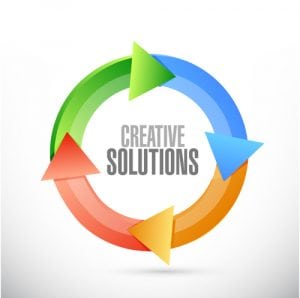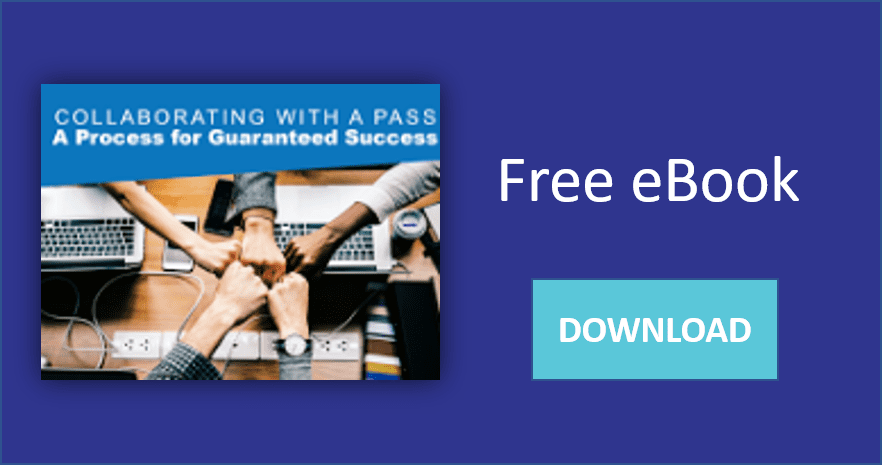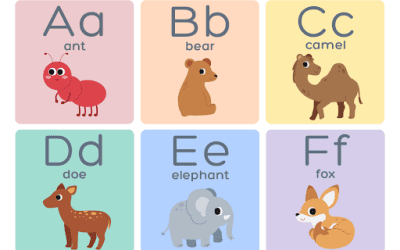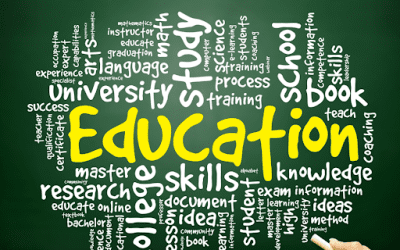
What Is a Development Cycle?
Let’s begin by defining a development cycle. A development cycle refers to the framework, steps, or tasks comprising the development and creation of a finished product. It’s a lot like building a car in a factory. You follow a series of steps in a predetermined order, with inspections at specific intervals, to deliver a fully functional vehicle. In the context of content creation, the development cycle refers to all those tasks required to create and deliver content.
Project Launch
So, let’s look at how it all begins. Once a client and vendor have agreed to collaborate, the first question is, “How long does it take to launch a project?” The honest answer is, “It depends.” Since every project has unique content, budget, learning needs, and timelines (scope changes can lead to shifting timelines), it’s impossible to put a number that’s applicable across all projects. However, completing the following steps will ensure a smooth project launch, development, and high-quality content that’s delivered on time:
- Perform a needs analysis
- Understand the learner persona
- Define project timelines
- Select the right team
- Train the team
- Launch the project
Content Development
Since everyone values speed and quality, it is reasonable to expect the questions, “How quickly can you do that?” or “Why can’t you turn around work more quickly?” Again, it depends. Delivering a high-quality product means not compromising on quality while respecting the client’s needs for quick turnaround. One way to accomplish this is through reviews and revisions at multiple points in the content development process. Every step in the content development process must include effective quality assurance (QA). These checkpoints are part of good project management and QA.
- Calibration round
- Developmental editor review
- Manager review
- Revisions
- Developmental editor review
- Copyediting
Calibration Round
One way to ensure alignment between the client’s expectations and the content development team is to start with a calibration round. This usually involves creating a small section of content and getting it approved by the client before proceeding with actual development. A calibration round is a great way to make sure the content development team is on the right track.
Developmental Editor Review
Once the writer creates a lesson in collaboration with the subject matter expert, it is moved to the developmental editor (DE). The DE ensures the content being delivered is free of bias and meets the required specifications and guidelines. If revisions are needed, content is sent back to the writer for changes.
Developmental editing is an essential part of the content development process. Read this post to know about how developmental editing helps in creating high-quality content.
Manager Review
After the writer revises based on the DE’s feedback, content is reviewed by a manager who has expertise in the specific subject or broad content area. The manager typically reviews a small sample of deliverables in a batch to ensure consistency in quality. If there’s a need for revisions, the deliverable is sent back to the writer and DE.
Revisions
The writer incorporates the necessary revisions based on the manager’s feedback and moves the content to back to the DE.
Copyediting
The final step in the QA process is copyediting. The copyeditor proofreads and prepares content for submission to the client.
Project Management
 Before we wrap up the process of content development, it’s important to know about the glue that holds all the project pieces together. It is project management. A content development project must have a dedicated team member, the project manager (PM), to oversee all aspects of the project. The PM is typically responsible for the following tasks. However, depending on project specifications, you may need to modify a PM’s role.
Before we wrap up the process of content development, it’s important to know about the glue that holds all the project pieces together. It is project management. A content development project must have a dedicated team member, the project manager (PM), to oversee all aspects of the project. The PM is typically responsible for the following tasks. However, depending on project specifications, you may need to modify a PM’s role.
- Assigning project deliverables to team members
- Tracking deliverables
- Ensuring QA of deliverables
- Managing staffing changes
- Communicating to team members
To recap, understanding the content development cycle will help you tackle a project confidently. Additionally, it will prepare you to deal with any hiccups you may encounter along the way. No two projects are the same, but good planning and recruiting the right professionals for the job are guaranteed to produce high-quality content on time.
To know more about partnering with A Pass for your educational content development, check out this free eBook.





